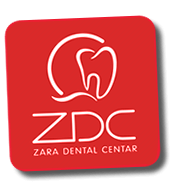Dental prosthetics
It is intended to appear and function just as a natural tooth would, and it solves a problem of lost teeth.
CAD/CAM enables creative design and very precise construction of prosthetic work (inlay, onlay, veneers, crowns and bridges)
 CAD-CAM (computer aided design/computer aided manufacture)
CAD-CAM (computer aided design/computer aided manufacture)
1. Aesthetic veneers
Aesthetic veneers are one of the most popular aesthetic corrections. They represent superior aesthetic therapy with a natural and beautiful smile as a main goal.
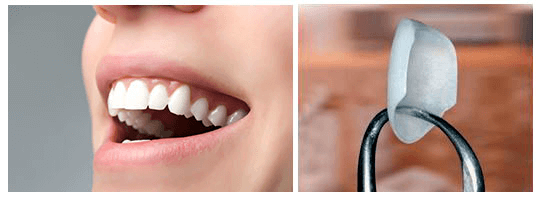
Veneers are the least invasive prosthetic solutions that covers the aesthetic defects on the front of the teeth, with minimal or no preparation at all. They are made of full ceramics or composites. Most often it’s ceramic, because it is strong enough, stable and has a natural appearance.
Ceramic veneers are thin "leafs" of ceramics attached to the front surface of the tooth. Depending on the necessity of correction, some teeth do not need to be abraded (non prep venneers) or the front of the tooth surface is minimally abraded
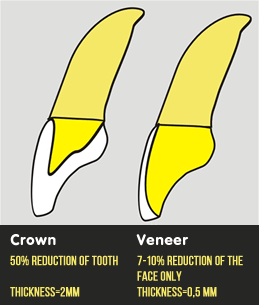
*The difference between the ceramic crown and the veneer is that the veneer has only the front tooth surface abraded.
2. Ceramical crowns and bridges
Ceramical crowns and bridges ideal solution in prosthetics which mimic look, feel and function of natural teeth.
Today, crowns and bridges are most commonly made from three materials:
Glass ceramics
Zirconium ceramics
Metal ceramics
In search for a perfect fit...
The decision which material to use for the creation of ceramic crowns and bridges depends on current state of the tooth (teeth), as well as on aesthetics and function required.

The decision which material to use for the creation of ceramic crowns and bridges depends on current state of the tooth (teeth), as well as on aesthetics and function required.
Integral
ceramics
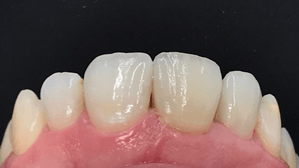
Integral ceramics (Emax, Empress) is used in making first-class aesthetic crowns. Due to its transparency and homogenious structure, it is no different than a natural tooth.
They are used mostly when high level of aesthetics is required (front teeth)
Zirconium
ceramics

Zirconium ceramics is currently the toughest aesthetic (completely white) material. Its characateristics include extreme firmness, biocompability (no chance of allergic reactions) and beautifl aesthetical appeal.
Zirconium base under ceramics is white and it reflects light similar to natural tooth. It can be applied in all regions of the jaw.
Metal
Ceramics
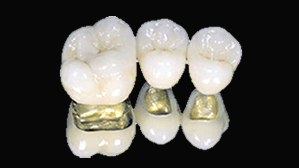
Metal ceramics is exceptionaly firm and elastic material, however it does not satisfy all aesthetic criteria, since it isn’t transparent.
Today, it is mostly used in the back region of the jaw
3. Dental prosthesis

Dentures / dental prosthesis is a substitute for missing teeth and surrounding tissue. There are two types available – complete and partial prosthesis





